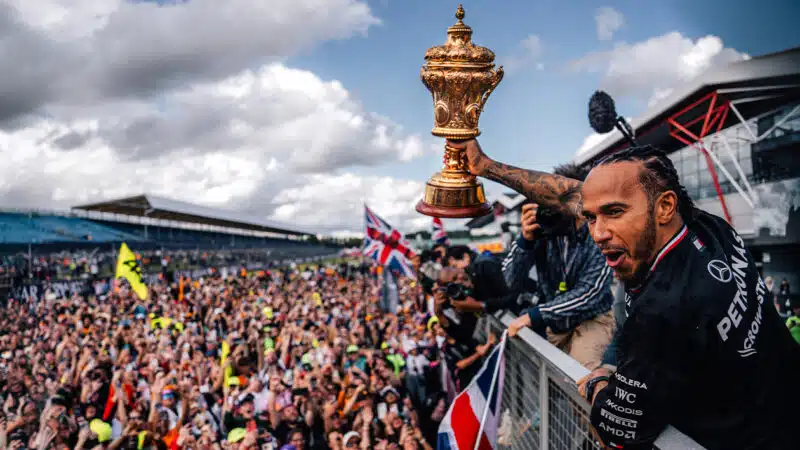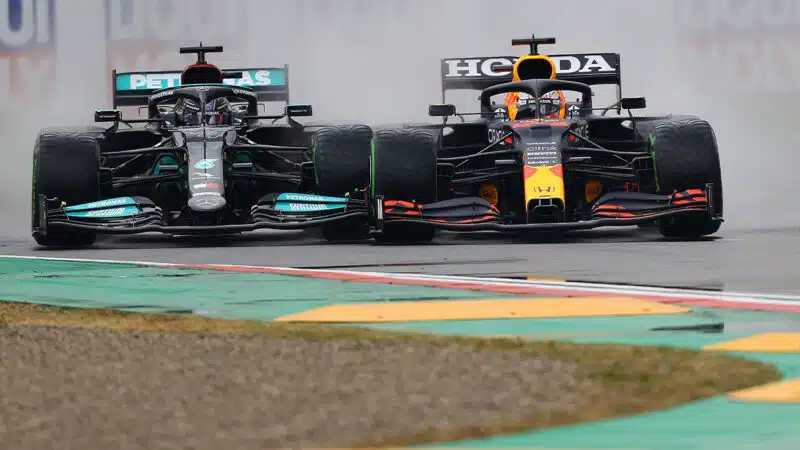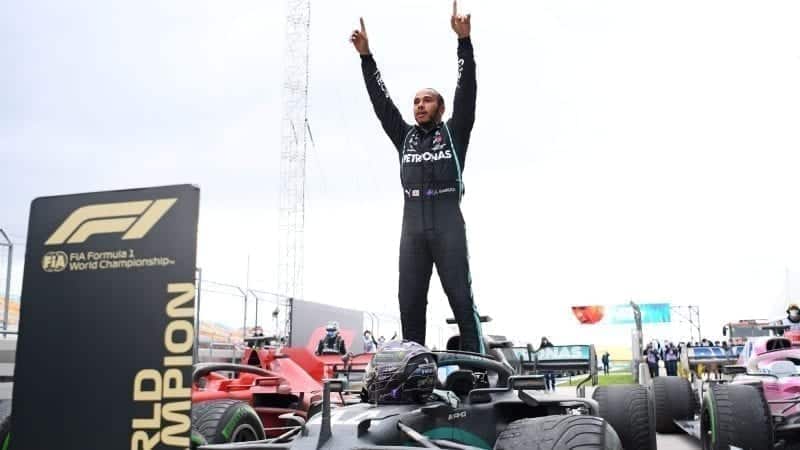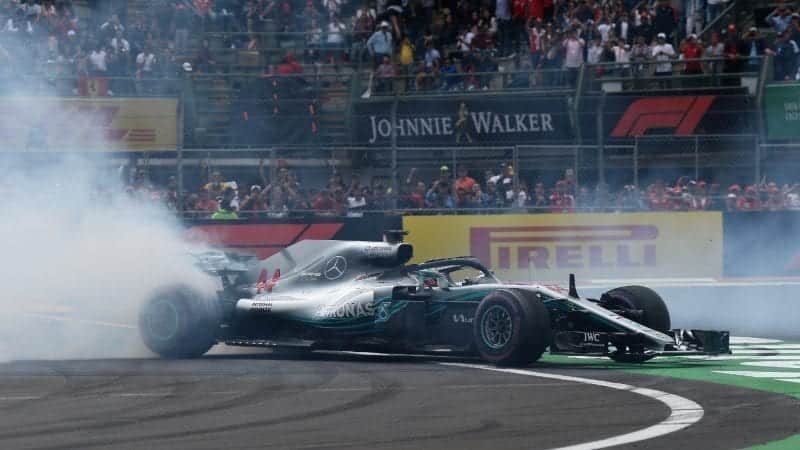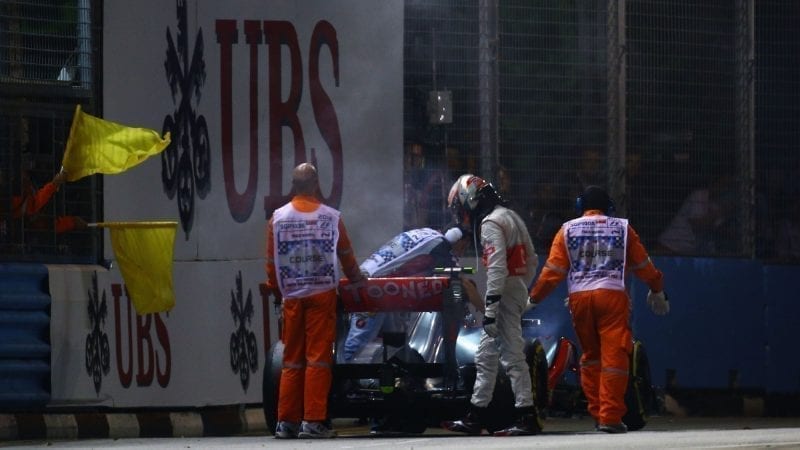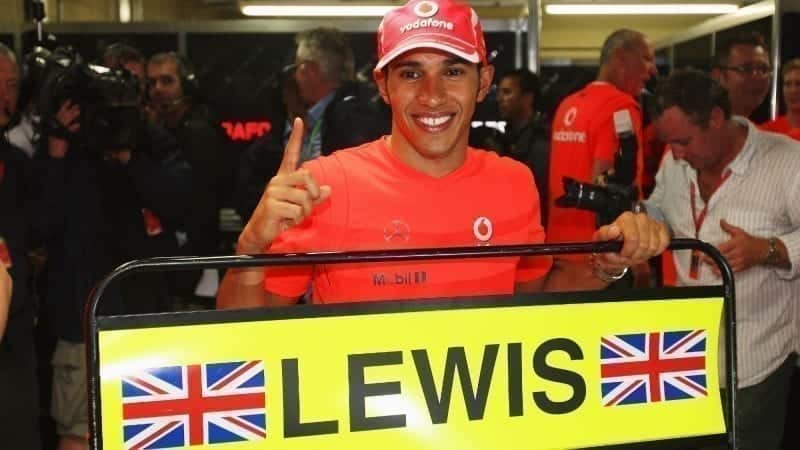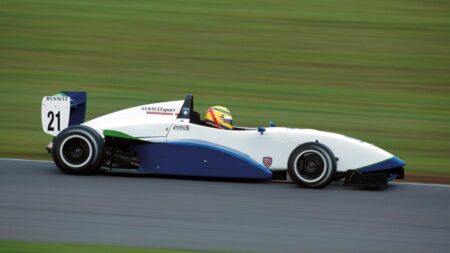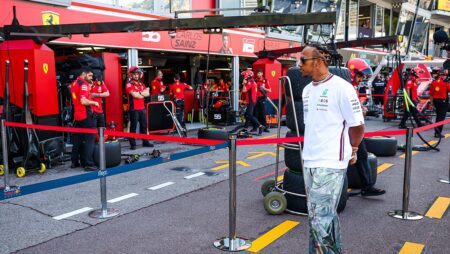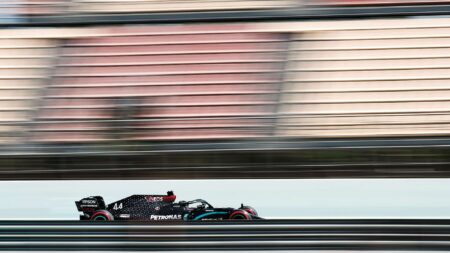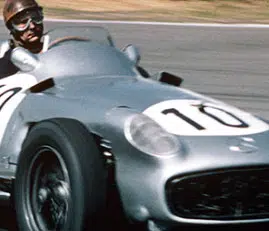Mercedes was overwhelming favourite for the 2014 title and it was a campaign fought out by its two drivers – left free to race by senior management. Rosberg won the qualifying battle but it was Hamilton, now sporting the number 44 he had preferred during his karting career, who used his superior racecraft to secure the championship. They came close in Bahrain and touched at Spa-Francorchamps as the team-mates raced wheel-to-wheel. That contact in Belgium lost Mercedes the race and earned Rosberg criticism from his team as the title pendulum shifted. Hamilton retired that day but won the next five races before clinching his second world title with victory in the Abu Dhabi finale.
Pole position, victory and fastest lap in the Australian GP set the tone at the start of the 2015 F1 season. Hamilton was utterly dominant in qualifying from race one and further victories asserted his authority within the Mercedes team. While Rosberg had challenged him until the final race of 2014, Hamilton initially out-drove his team-mate and eased to the title with three races to spare. That included his 42nd Grand Prix victory in Russia to pass the total of his great hero Ayrton Senna. He then won the wet United States GP to clinch the title and match the Brazilian’s three championship wins.
Rivalry with Nico Rosberg
Mercedes remained the team to beat in 2016 and Hamilton continued to set the pace. He won more races than Rosberg (10) and qualified on pole position for 12 of the 21 races but outright pace alone was not enough to deliver a third successive title. Poor starts and reliability issues initially hampered his cause before a run of six victories in seven mid-season races wrestled the points lead from his team-mate. However, engine failure when on course for victory in Malaysia proved crucial and Rosberg just needed a podium finish in Abu Dhabi to clinch a first world title. Hamilton cut his pace in a vain attempt to back his team-mate into the pursuing pack, despite repeated instructions from the pitwall to increase his speed. He won his fourth race in a row but ended the year as a frustrated runner-up in the championship.
With his ultimate goal satisfied, Rosberg immediately announced his retirement from F1 and Hamilton was joined by Valtteri Bottas for 2017. Mercedes initially could not match Ferrari’s race pace but Hamilton responded to Vettel’s challenge in style – sorting the W08’s ills and improving as the year unfolded. They went wheel-to-wheel in Spain and clashed in Baku before the Englishman established himself after the summer break as the Scuderia imploded. Of the 20 championship rounds, Mercedes #44 secured 11 pole positions (to eclipse Michael Schumacher’s outright record) and nine victories to clinch title number four with two races to spare.
World titles number five, six and seven
Hamilton and Vettel disputed the title once more in 2018 as they vied to become only the third driver in history to become a five-time World Champion. The German won the opening two GPs and his Ferrari was often the quicker package but Hamilton established himself after the summer break as Vettel crashed out of the lead in Germany and had too many first lap incidents. Hamilton eventually clinched yet another World Championship in Mexico for the second successive year, and completed the season with 11 victories and 88 points clear of his closest rival.
Hamilton won six of the opening eight GPs of 2019 as Mercedes and the Englishman took control of proceedings once more. Ferrari may have had better single lap pace but too many driver errors and strategy calls again stymied its challenge. That Hamilton only qualified on pole position on five occasions during 2019 was a surprise but he won 11 times and clinched his sixth World Championship by finishing second in America, scoring his highest points tally to date.
He followed that up with one of the finest seasons of his career, sealing a record-equalling seventh title with 11 race victories across the year. His Portuguese GP win also moved him clear of Michael Schumacher’s win record, and Hamilton finished up the ’20 season on 95 career wins. Had he not tested positive for Covid-19 ahead of the penultimate race of the season, the Mercedes driver may well have gone on to equal the record for most wins in a season. His achievements and records earned him a spot on the New Year Honours list and a knighthood.
100 grands prix and an F1 season to remember
Mercedes’ dominance came to an end in 2021, as Red Bull matched the pace of the Silver Arrows to serve up one of the most thrilling and dramatic championship battles that Formula 1 has ever seen. Almost every round brought a new instalment of the Hamilton and Verstappen battle, with neither driver willing to give their rival an inch. The result was captivating, controversial and often damaging.
Amid sensational drives were a series of clashes: The pair came together has Hamilton attempted to take the lead at Silverstone, which sent Verstappen spearing into the barriers, sustaining a hefty 51G impact. At the Italian Grand Prix, it was Verstappen’s passing attempt that left his car sitting on top of Hamilton’s in a Monza gravel trap, while at Saudi Arabia, Verstappen braked hard directly in the path of Hamilton. Desite avoiding action, the Mercedes still swiped the rear of the Red Bull, causing front wing damage.
But nothing could compare to the impact of the season finale in Abu Dhabi, where the drivers arrived exactly level on points: the winner set to take all. Despite missing out on pole position, Hamilton was in command of the race by Turn 1, leading the field for the majority of the race, and with a pace advantage over second-placed Verstappen. As was often the case during the season, the pair were far ahead of rivals. So when a safety car was deployed late in the race following a crash, Verstappen could stop for fresh tyres without losing a place. That wasn’t an option for Hamilton who risked losing the lead to Verstappen if he had stopped.
It should have all been academic anyway: there weren’t enough laps remaining for the standard procedure. That would have entailed clearing the wreckage, allowing lapped cars to overtake the safety car and join the rear of the pack so that the didn’t interfere with the frontrunners, then restarting the race: the 2021 championship looked over and done with.
Then came a flurry of radio messages broadcast live to the world: Red Bull called for the procedure to be speeded up and race director Michael Masi obliged, announcing that the race would restart before allowing all of the lapped cars past. Mercedes boss Toto Wolff wailed over the airwaves to no avail: with one lap remaining, the safety car pulled in and Verstappen seized the advantage of his fresh rubber, sailing past the Mercedes and claiming the championship.
Amid threats of legal action and wa torrent of anger from Hamilton fans, Masi lost his job but the result remained.
Mercedes’ dip
Hamilton arrived for pre-season testing in 2022 determined for revenge, but no amount of resolve could overcome the car that he was given. The unruly and radical-looking Mercedes W13, with its ‘size zero’ sidepods delivered far more hype than performance. He battled to nine podium finishes, but 2022 was the first season in his F1 career where Hamilton didn’t record a win. He also finished behind new team-mate George Russell (who beat Hamilton to Mercedes’ only victory of the year) in the drivers’ championship, with 240 points to Russell’s 275. Hamilton did, however, qualify ahead of Russell for 12 of the 22 grands prix.
Mercedes persisted with a similar concept at the start of 2023 but its car once again failed to deliver, leaving an increasingly disconsolate Hamilton winless for the second season in a row. This time, however, his form did shine through. while Max Verstappen smashed records as he stormed virtually uncontested to a third world championship, Hamilton emerged as best of the rest behind Red Bull. With minimal errors and some stand-out drives, he outscored Russell with 234 points to 175, earning him third place in the championship. While this was clearly no consolation, he still committed to Mercedes with a new contract for two further seasons.
A final year with Mercedes
It took just a few months before Hamilton activated a break clause in his new contract, with the bombshell news that he would be driving for Ferrari in 2025. His final season with Mercedes did bring more success, including a record ninth British Grand Prix victory and a further win in Belgium, but the Mercedes was again not competitive enough to challenge for the championship. There were times when the situation looked to be overcoming Hamilton, with frequent complaints about the car’s performance over the radio and a request to retire the car during a lacklustre Qatar Grand Prix. After 12 seasons, six drivers’ championships and 84 victories with Mercedes, he ended the season in Abu Dhabi seventh in the championship with 223 points, 22 points short of Russell’s total.

